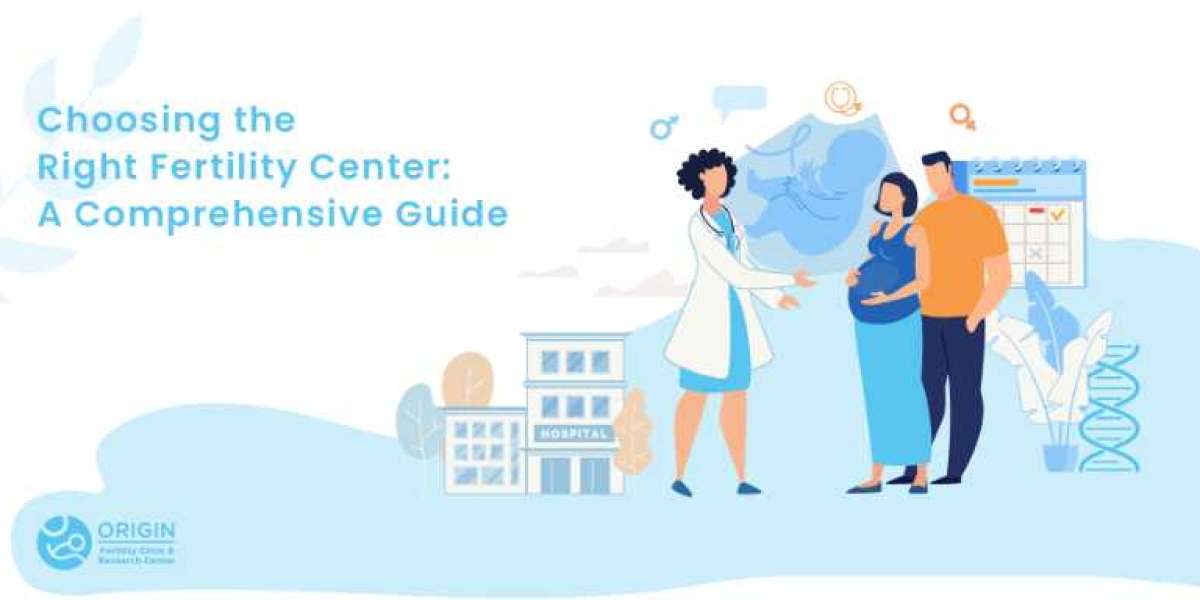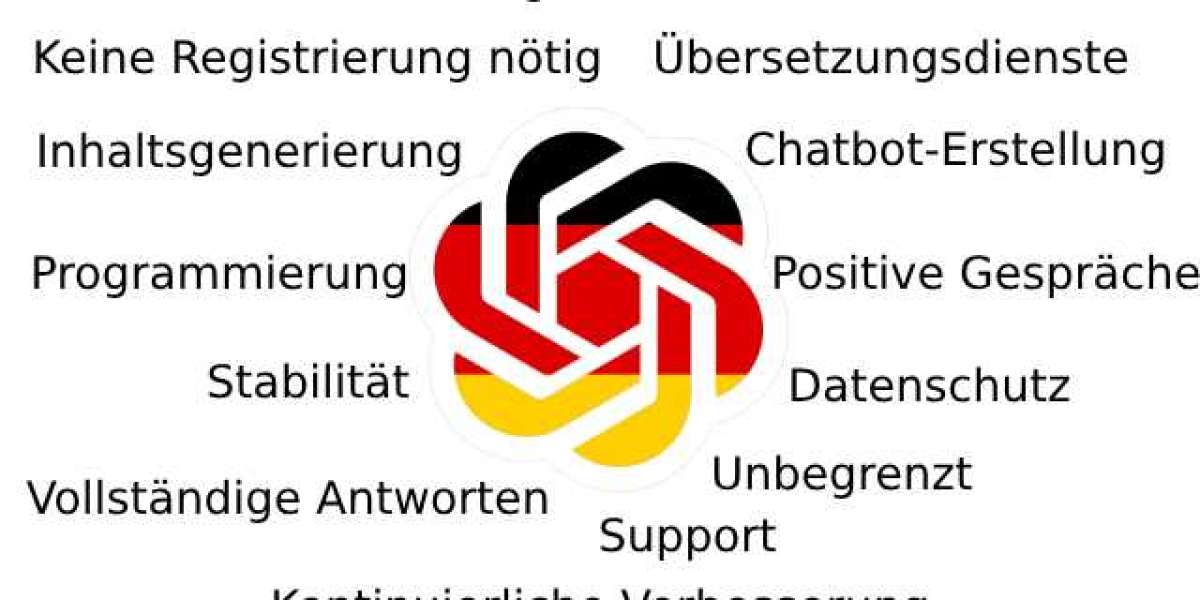The process of becoming a parent can be emotionally demanding and frequently complicated. Nowadays, a lot of people and couples look to fertility centers for help in achieving their child-bearing dreams. One of the most popular treatments is IVF. It supports infertile individuals who wish to become parents. In vitro fertilization, or IVF, is a fertility procedure in which sperm and eggs are combined in a lab setting outside of the patient’s body.
In this article, we will discuss in detail the IVF treatment, including the reasons for opting for this treatment, the procedure, complications, and more. To provide readers with detailed knowledge, insights have been taken from male and female infertility experts practicing at Origin Fertility Clinic Research Center. The clinic is known as the best IVF hospital in Hyderabad. Continue reading to learn.
What is IVF?
In vitro fertilization (IVF) is a form of assisted reproductive technology (ART) where sperm and an egg are fertilized outside of the human body. The intricate process of in vitro fertilization (IVF) entails removing eggs from ovaries and manually mixing them with sperm in a laboratory. The fertilized egg, which is now known as an embryo, is inserted into a uterus a few days after fertilization. This embryo implants itself into the uterine wall to cause pregnancy.
Based on one’s circumstances, IVF can make use of:
- A woman's eggs and her partner’s sperm
- A partner’s eggs and donor sperm
- A donor’s eggs and the partner’s sperm
- A donor’s eggs and donor sperm
- Donated embryos
Why is IVF performed?
IVF is chosen by individuals for a variety of reasons, such as infertility problems or a partner's pre-existing medical condition. If all other attempts at conception have failed or if the patient is an elderly mother, then the couple attempts in vitro fertilization (IVF). IVF is an additional reproductive option for individuals who want to start a family without a partner or for same-sex couples.
One may consider IVF if they or their partner has:
- Endometriosis
- Low sperm count or other sperm impairments
- Blocked or damaged fallopian tubes
- Reduced fertility in women over the age of 40
- Uterine fibroids
- Unexplained infertility
- Problems with the uterus
- Chance of passing on a hereditary illness or condition
- PCOS, or polycystic ovarian syndrome, as well as other ovarian disorders
- Using an egg donor or a gestational surrogate
What Is the Process of In Vitro Fertilization (IVF)?
There are five steps involved in IVF:
- Stimulation
During each menstrual cycle, a woman typically produces one egg. IVF, however, needs more than one egg. Developing more than one egg increases the likelihood of creating a viable embryo. To enhance the woman’s body's egg production, fertility drugs will be administered to her. The doctor will monitor the development of eggs during this period and notify the patient when to retrieve them through routine blood tests and ultrasounds.
- Egg Retrieval
Egg retrieval is known as follicular aspiration. It is an anesthetic-assisted surgical procedure. The doctor will insert a needle into the vagina, into the ovary, and into an egg-containing follicle using an ultrasound wand. Eggs and fluid will be extracted from each follicle by the needle.
- Insemination
This is the time for the male partner to provide a sample of semen. The sperm and eggs will be combined in a petri dish by a technician. The doctor might choose to use ICSI if that is not able to result in embryos.
- Embryo Culture
The doctor will keep an eye on the fertilized eggs to make sure they are growing and dividing. At this point, the embryos might be tested for genetic disorders.
- Transfer
The embryos can be implanted once they reach a sufficient size. Usually, this happens three to five days following fertilization. A thin tube known as a catheter is inserted during an implant procedure into the vagina, past the cervix, and into the uterus. After that, the doctor inserts the embryo into the uterus. The embryo implants itself in the uterine wall to cause pregnancy.
- Pregnancy
The process of conception starts when the embryo inserts itself into the uterine lining. About nine to fourteen days after embryo transfer, the healthcare provider will use a blood test to determine whether or not the patient is pregnant. The same procedures are followed if donor eggs are being used. The procedures of ovarian stimulation and egg retrieval will be completed by the egg donor. Following fertilization, the embryo is transferred to the intended parent (either with or without different types of fertility drugs).
What distinguishes IUI (intrauterine insemination) from IVF?
In vitro fertilization (IVF) and intrauterine insemination (IUI) are not the same thing. IUI involves the fertilization of an individual's body. To ensure that only superior sperm remain, a sperm sample is obtained and thoroughly cleaned. This sample is inserted into the uterus with a catheter (thin tube) during ovulation. In an attempt to facilitate fertilization, this technique makes it easier for the sperm to reach the egg.
In vitro fertilization (IVF) involves fertilizing the sperm and egg outside of the uterus (in a lab) before putting the embryo inside the uterus.
Compared to IVF, IUI is less intrusive and more affordable. However, IUI has a reduced cycle success rate.
What can one expect after IVF treatment?
Following embryo transfer, one might have the following mild symptoms:
- Slight cramps and bloating
- Breast soreness brought on by elevated estrogen levels
- Spotting
- Constipation
Many patients resume their regular activities immediately following their egg retrieval procedure. They will return to the clinic for a blood sample pregnancy test nine to fourteen days after the embryos are transferred.
Conclusion
It can be very difficult for a couple to decide whether to opt for in vitro fertilization or not. They might have many doubts and worries related to the treatment. This decision can take a toll on their physical, mental and emotional being. Therefore, they must get a thorough consultation with an experienced doctor who can clear all their doubts and give them mental satisfaction.
If one is looking for IVF treatment in Hyderabad, they can visit Origin Fertility. The clinic uses state-of-the-art IVF lab equipment with exclusive, top-notch treatments, and adheres to cutting edge IVF protocols. They maintain the greatest ethical and transparent standards because they value developing an open line of communication and trust with their patients. To learn more, visit the clinic today.














